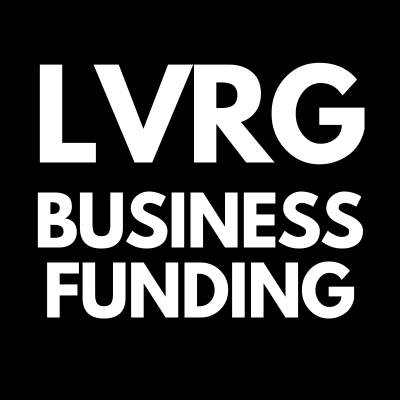How Small Business Owners Can Put Themselves in the Best Cash Position Going into the New Year
As the new year approaches, small business owners have an opportunity to assess their financial position and make strategic moves to bolster their cash flow. By proactively managing their finances, small business owners can position themselves for success and stability in the year ahead. Here are some strategies to consider:
1. Review and Adjust Pricing
One way to improve cash flow is to review pricing strategies. Conducting a thorough analysis of your costs, competitive landscape, and customer behavior can help you determine whether your current pricing structure is optimal. Consider increasing prices where appropriate, but be mindful of not alienating customers. A small increase across a large customer base can have a significant impact on overall cash flow.
2. Optimize Inventory and Reduce Costs
Take stock of your inventory and identify slow or non-moving items. Strive to liquidate these items through sales or discounts, converting them into cash. Additionally, negotiate with suppliers to secure better terms or bulk discounts. Regularly assess your expenses to identify areas where you can cut costs without compromising quality or customer experience. Small savings in multiple areas can accumulate and contribute to improved cash flow.
3. Review and Renegotiate Contracts
Review your existing contracts with vendors, service providers, and landlords. Look for opportunities to renegotiate terms that could result in cost savings or improved cash flow. For example, if you've been a loyal customer, negotiate for extended payment terms or reduced fees. It never hurts to ask, and the potential savings can positively impact your cash position.
4. Focus on Accounts Receivable
Ensure timely and consistent payment collection by reviewing your accounts receivable process. Follow up on overdue payments promptly and consider offering incentives for early payments. To mitigate potential cash flow gaps, consider implementing a recurring revenue model or offering subscription-based services to ensure a steady stream of income throughout the year.
5. Explore Financing Options
Consider business financing options to improve your cash position. Explore revenue based financing options, cash flow & working capital financing, small business loans, business lines of credit, and merchant cash advances to address immediate cash flow needs. These options can provide a financial safety net, help manage seasonal fluctuations, or fund growth initiatives. Research and compare different financing options to find the most favorable terms that suit your business's needs.
6. Develop a Cash Flow Forecast
Create a cash flow forecast to gain a clear understanding of your expected income and expenses for the upcoming year. This forecast will allow you to proactively identify potential periods of cash shortage and develop contingency plans. By being aware of potential obstacles, you can take pre-emptive action to mitigate any negative consequences on your cash position.
7. Seek Professional Guidance
Lastly, consider seeking guidance from financial advisors, accountants, or business consultants. These professionals can provide expert advice tailored to your specific business needs. They can help you navigate challenges, identify opportunities, and provide strategies to optimize your cash position for the new year.
Taking the time to assess your financial situation and implement these strategies will put small business owners in a stronger cash position as they enter the new year. By proactively managing cash flow, optimizing expenses, and exploring financing options, business owners can set themselves up for success and be better equipped to tackle any financial challenges that may arise.
Written by Charles Barr, CEO of LVRG Funding

